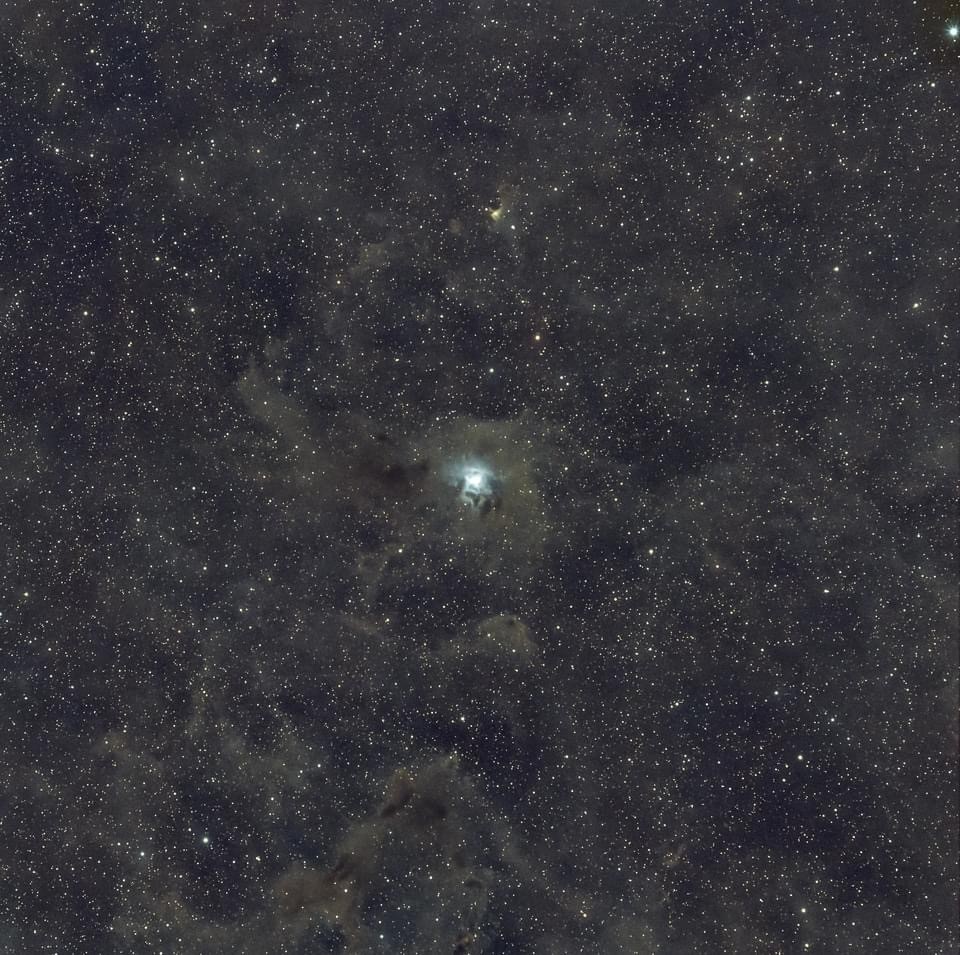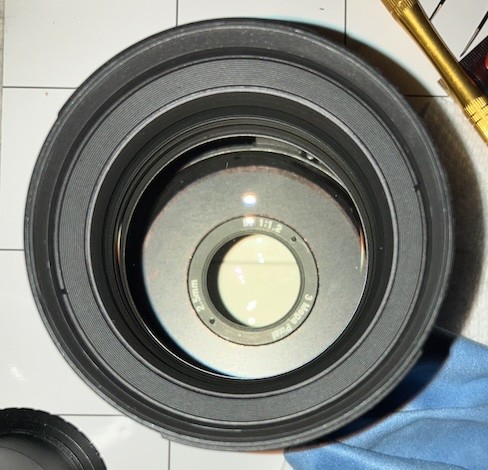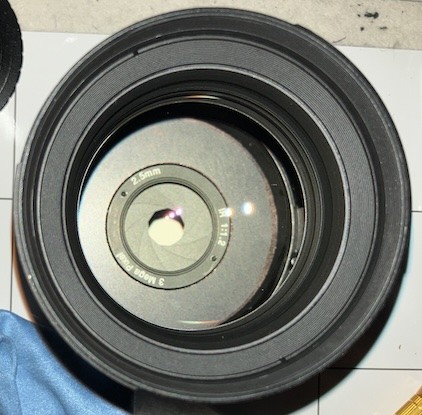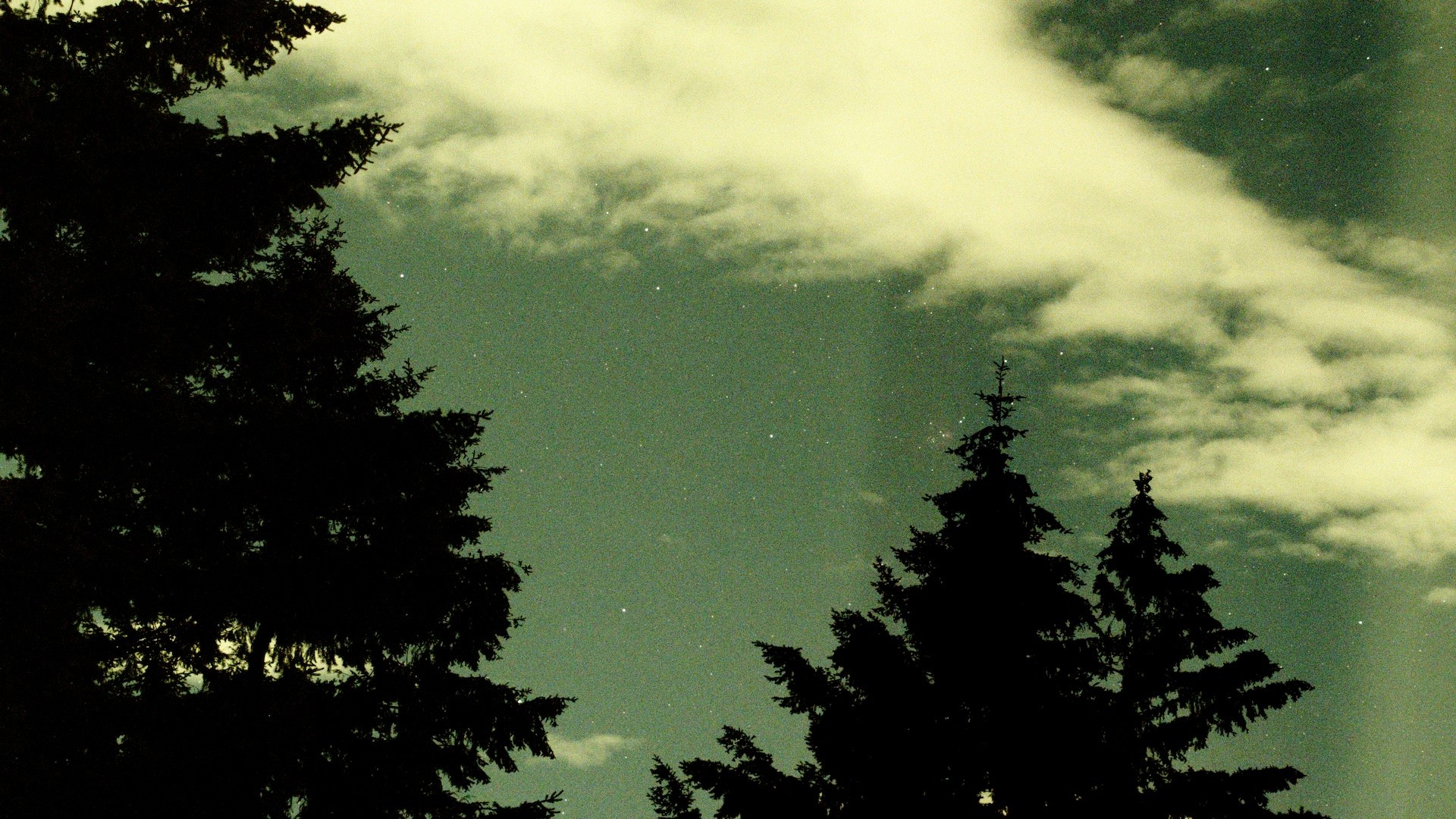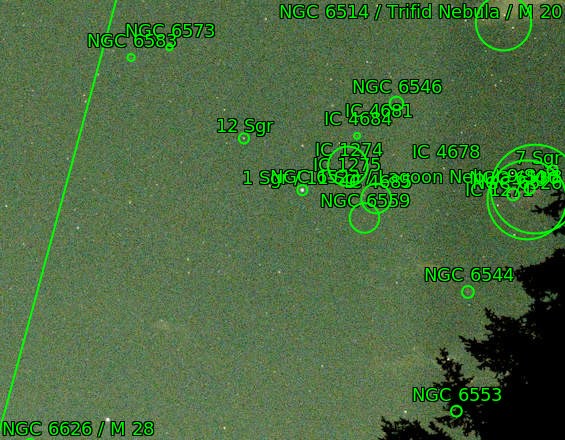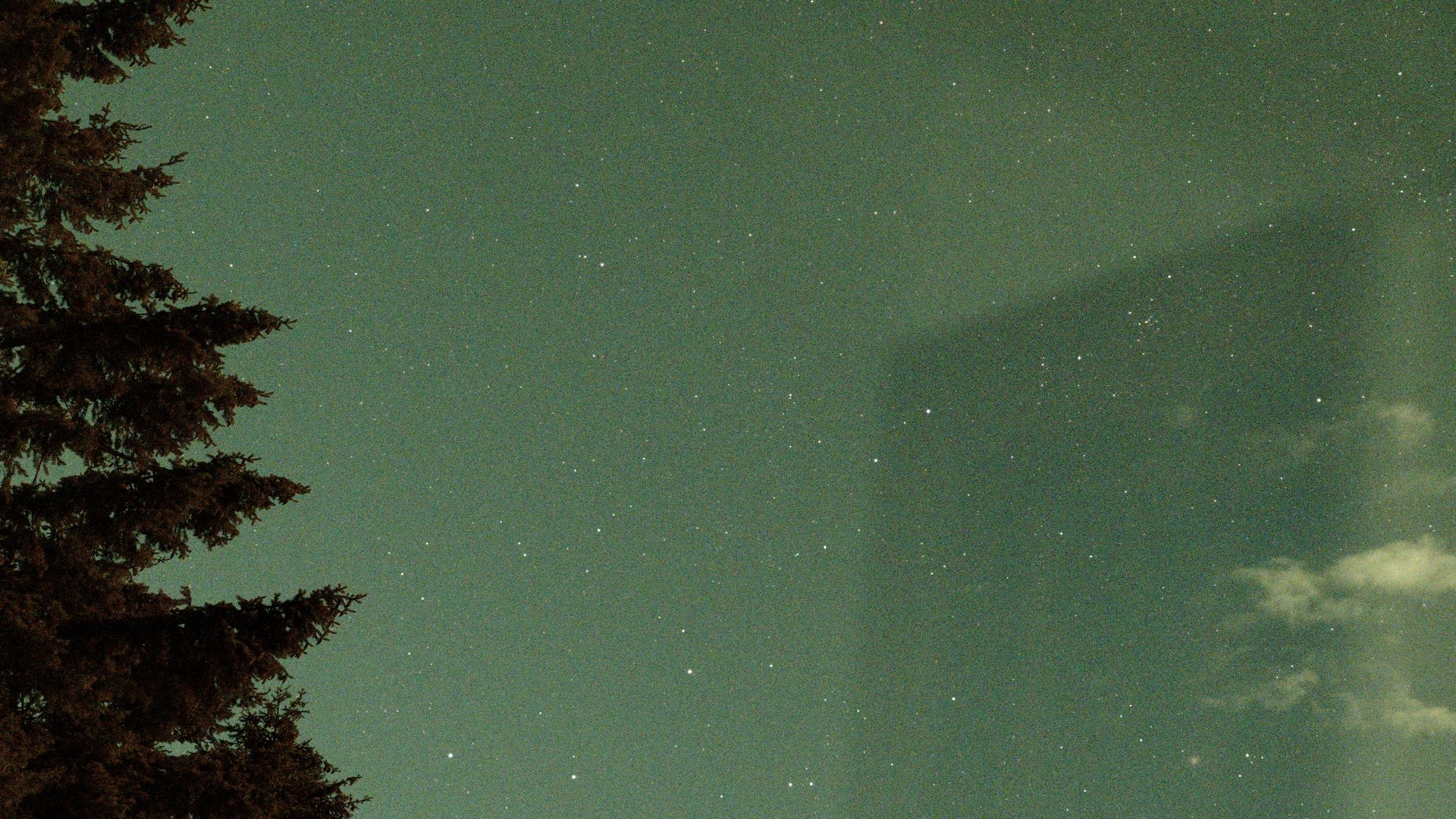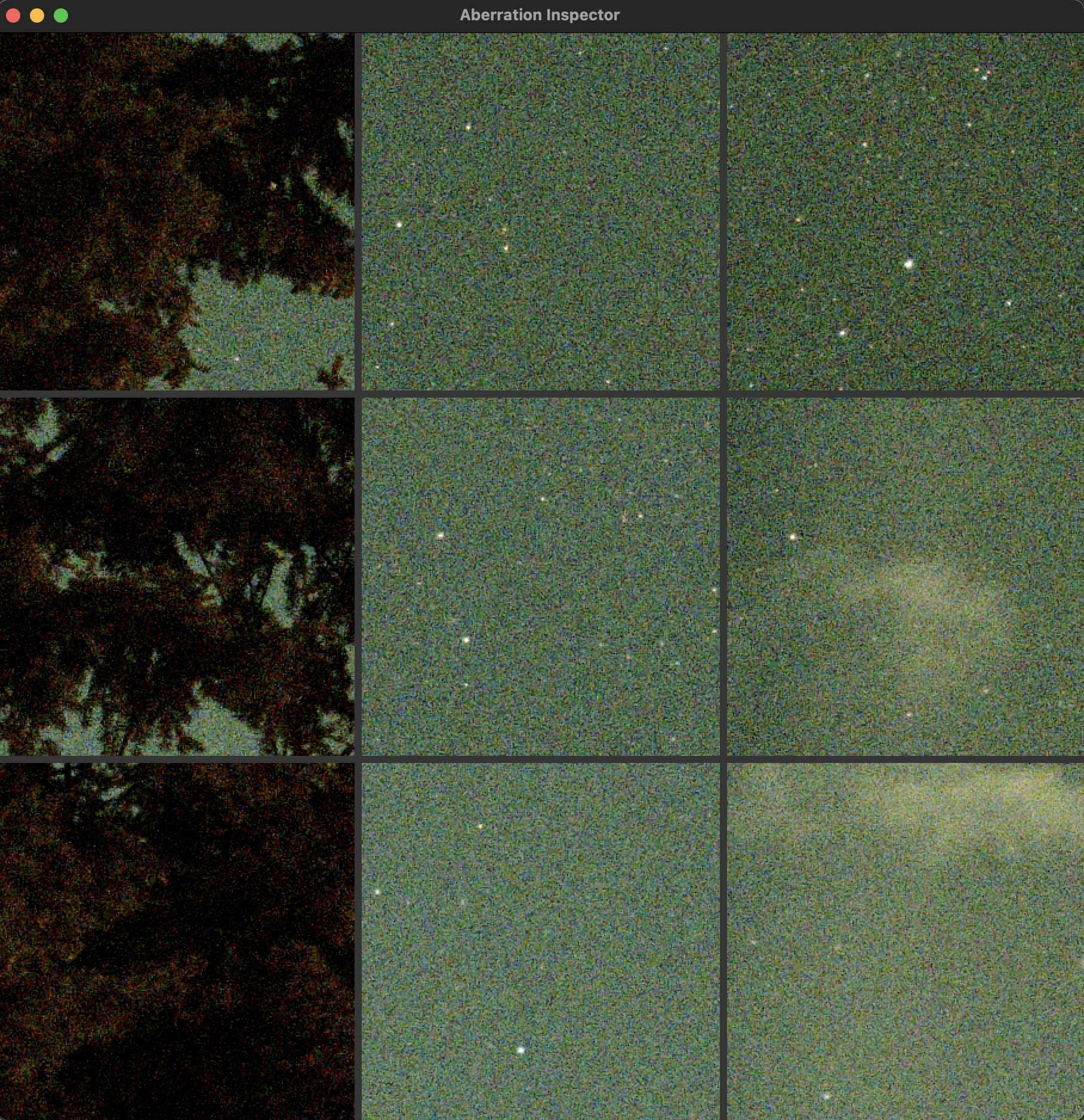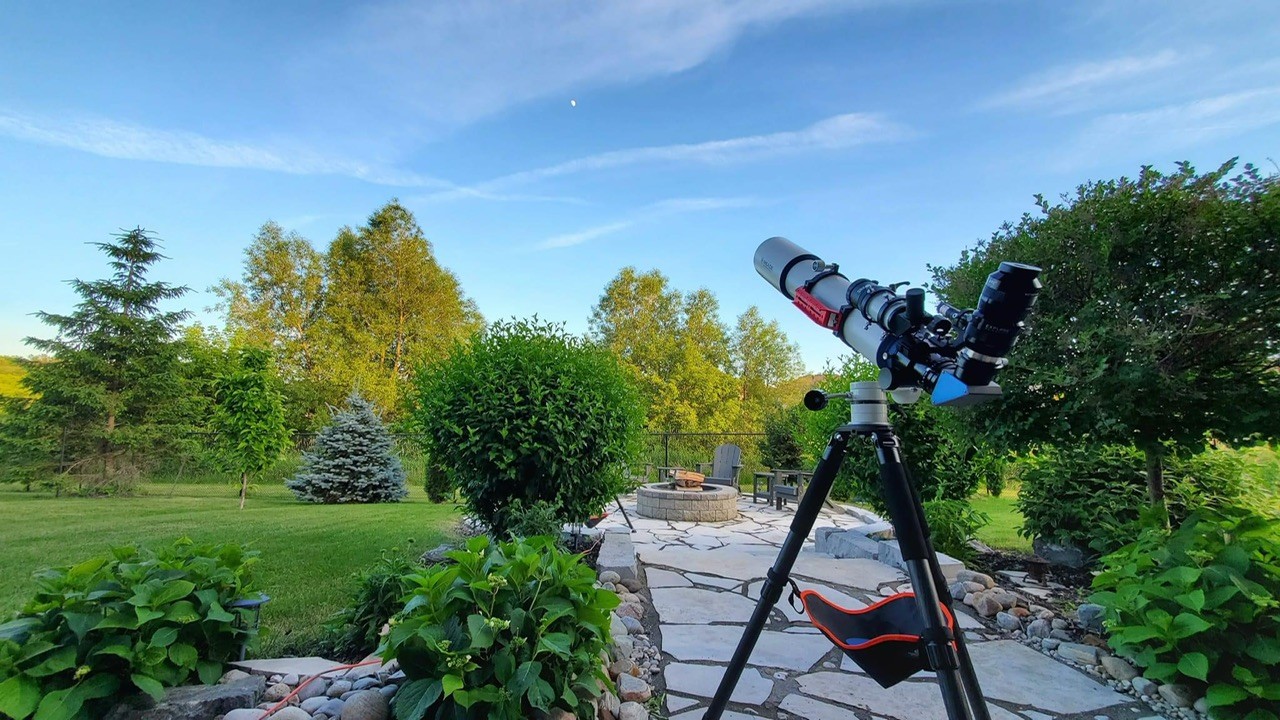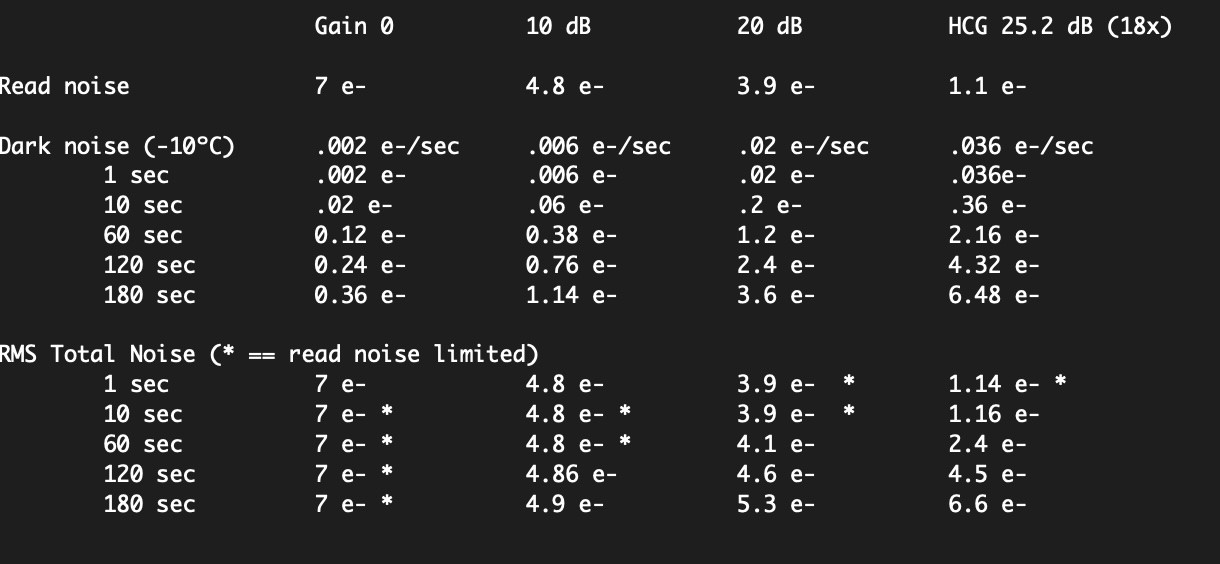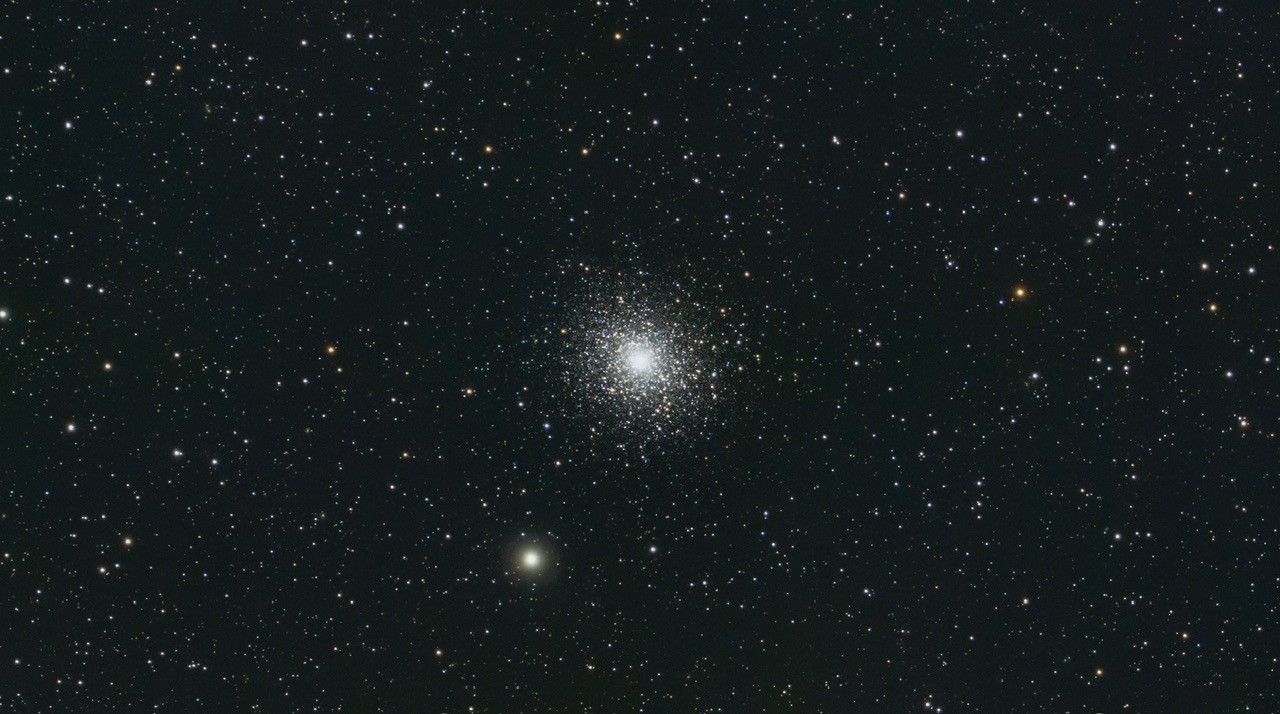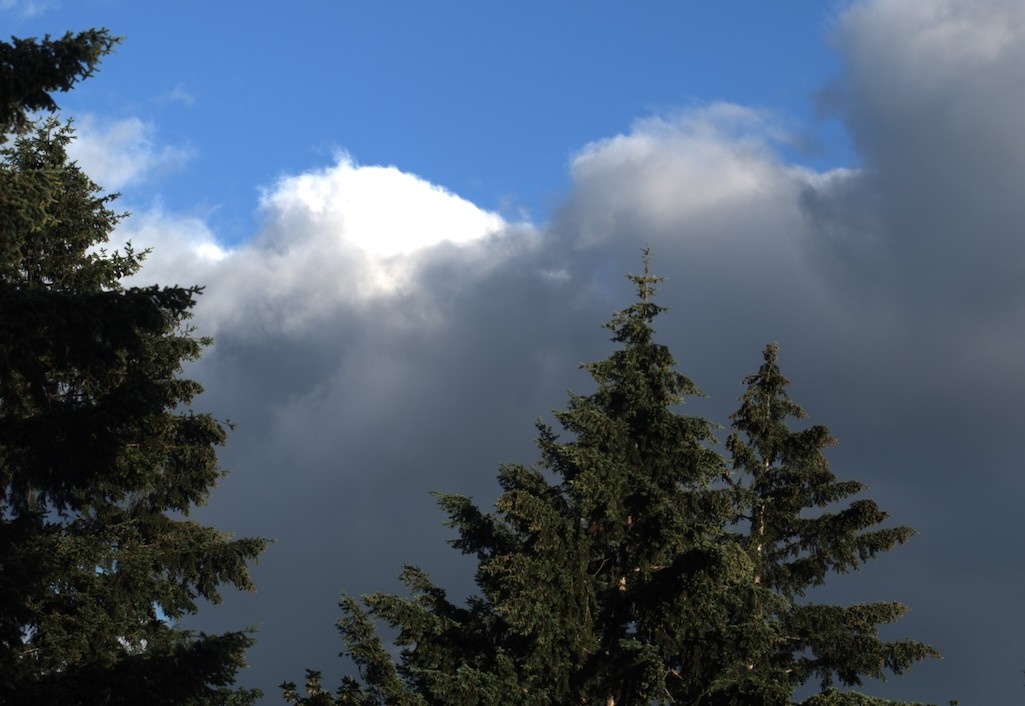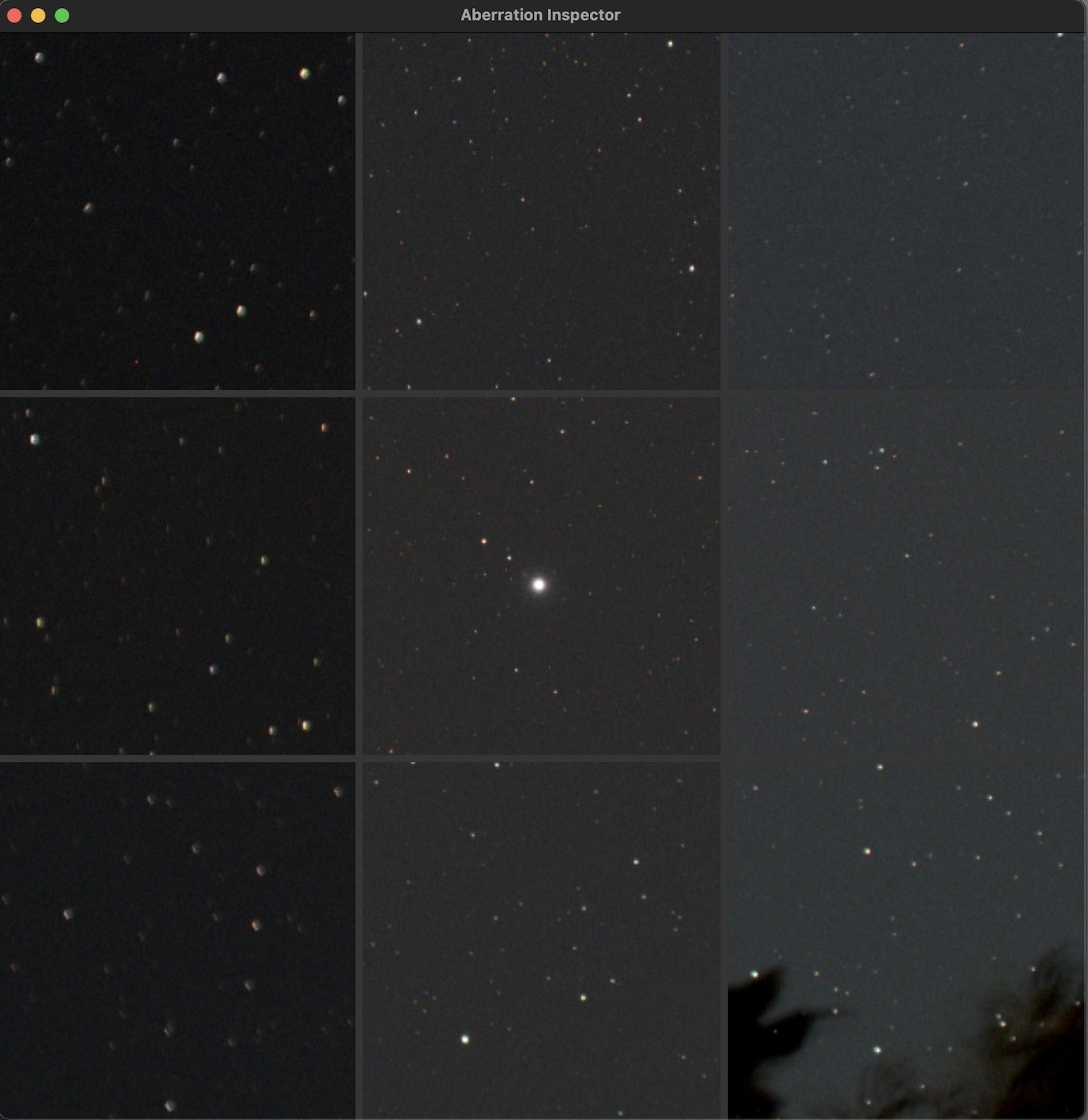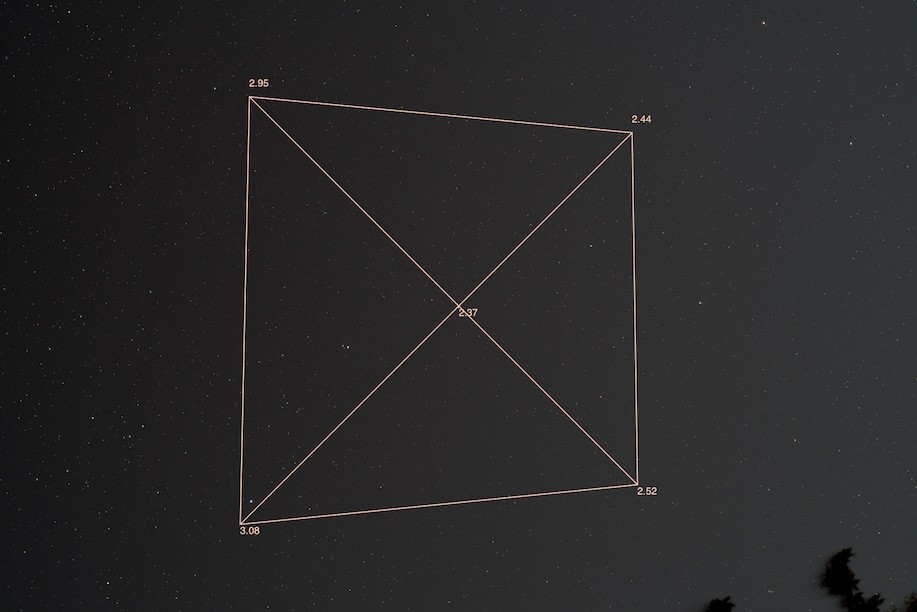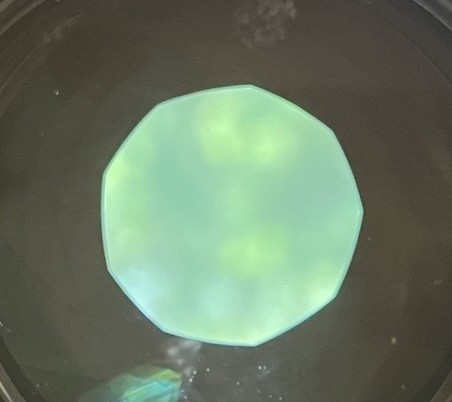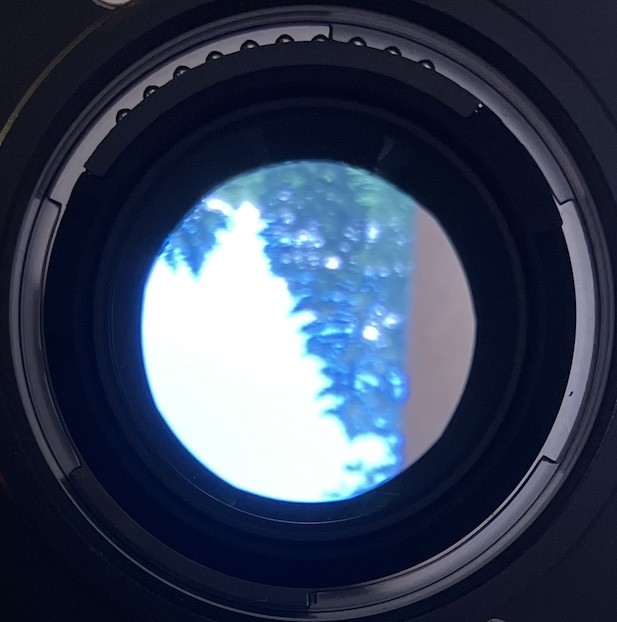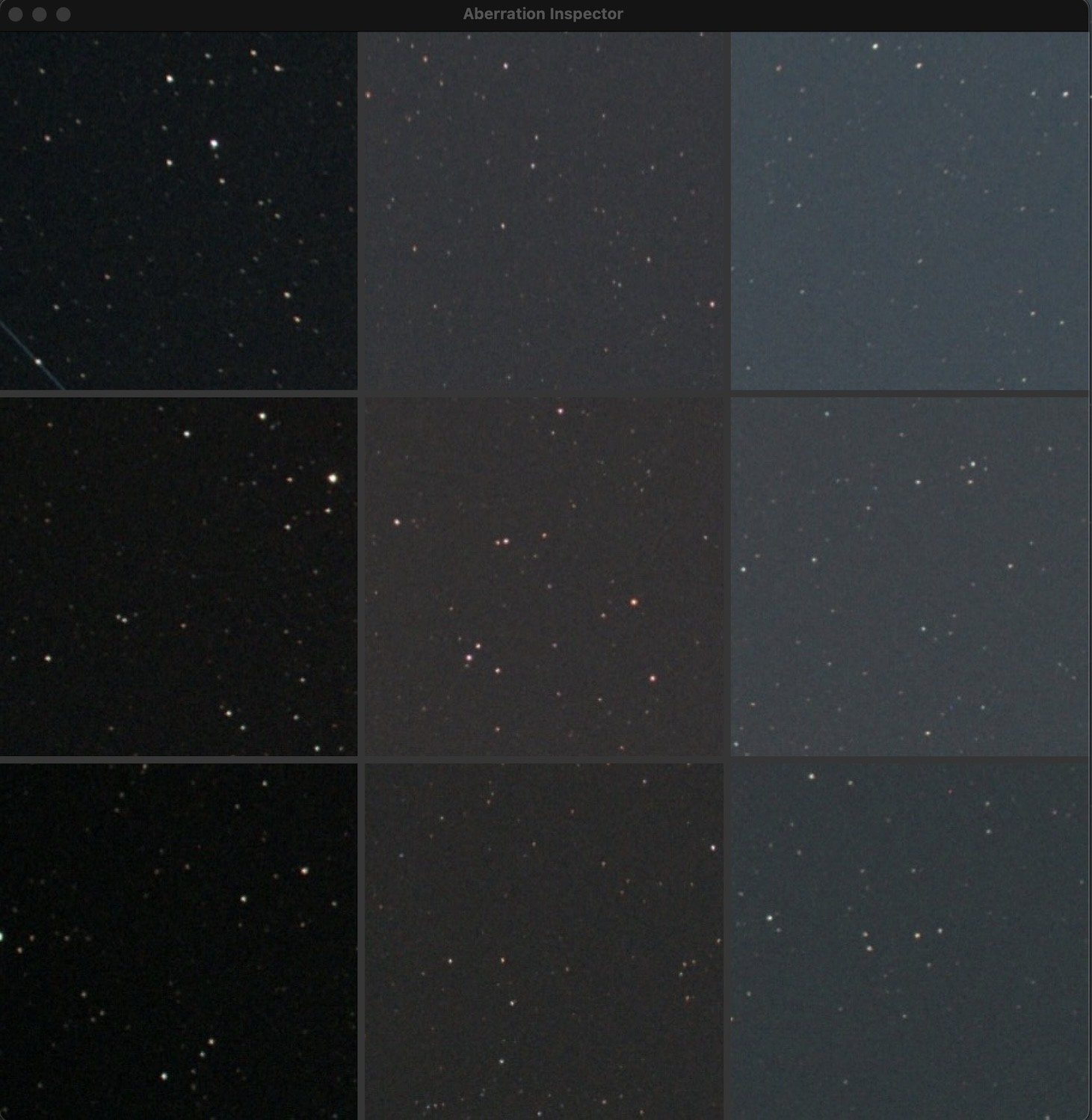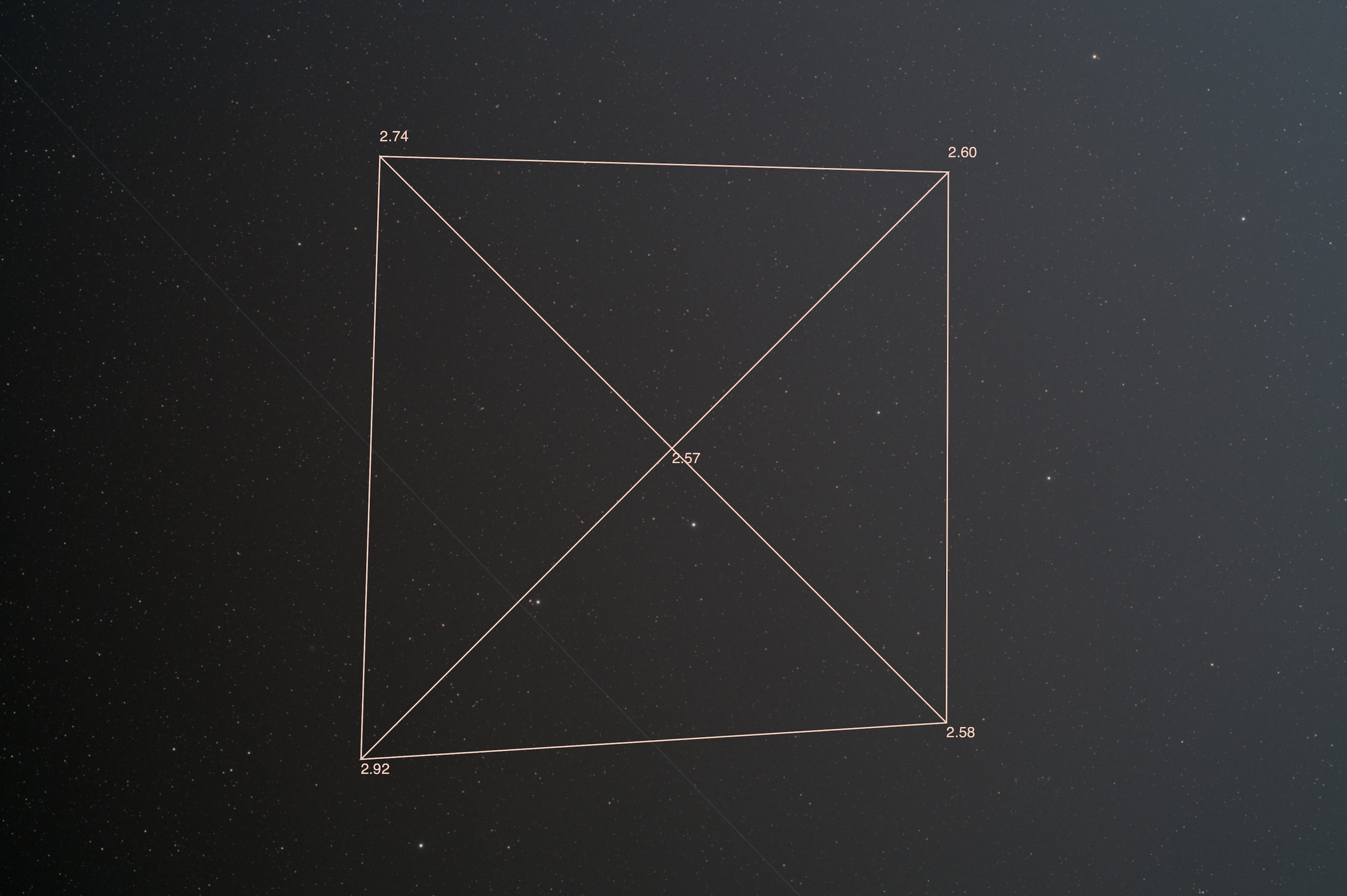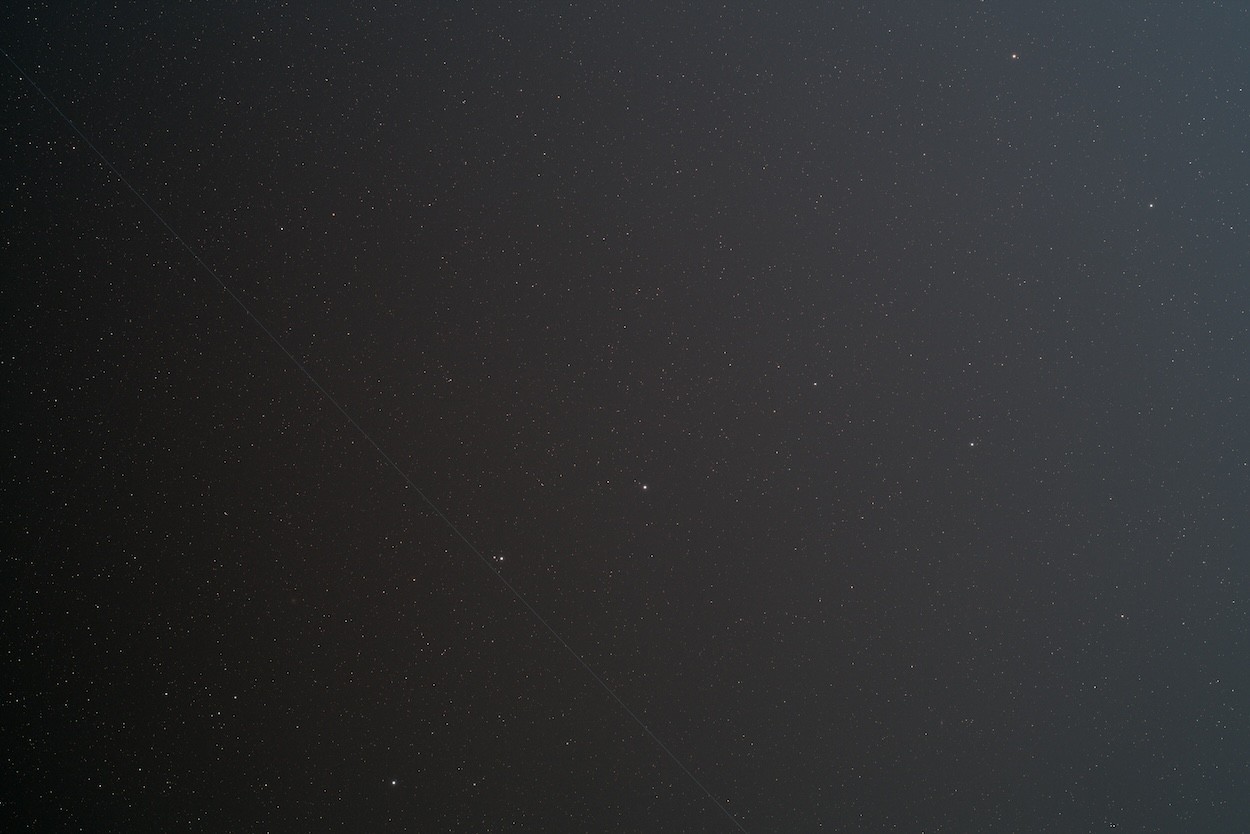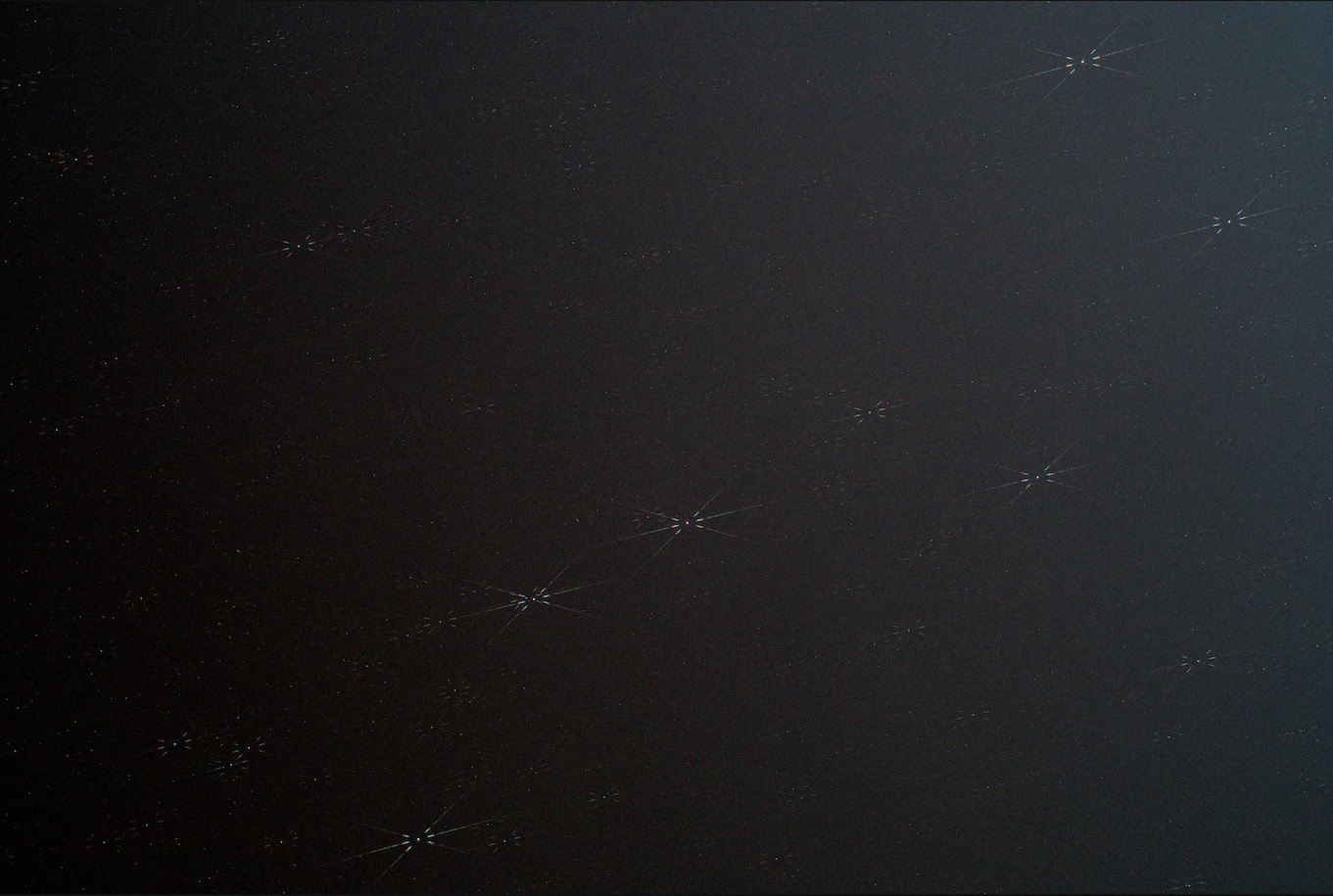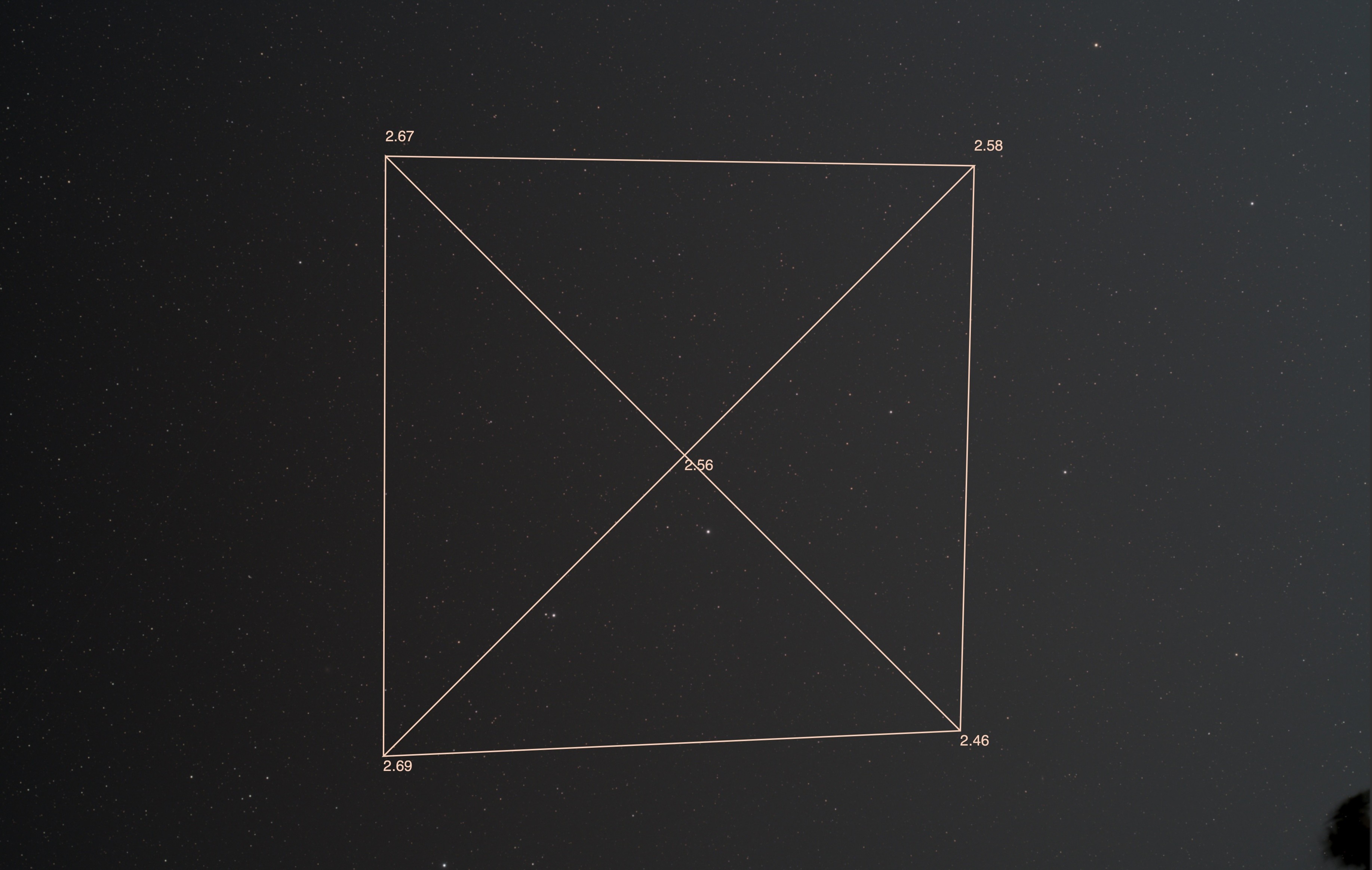- Edited
Here is the Nikon (Sigma 40/1.4) project for a rainy week.
First, I removed 3 screws from the Nikon bayonet, keeping one screw on so the contact/cables don't get disturbed.
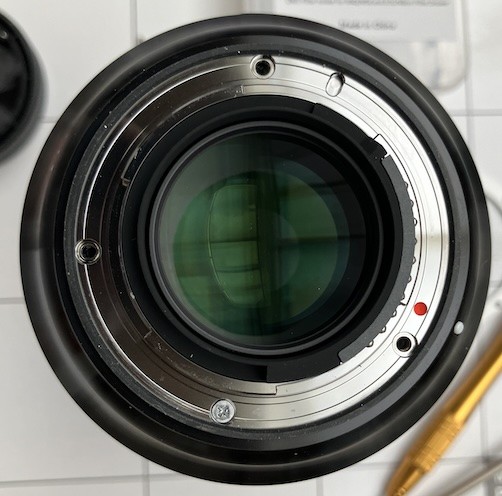
I then attached the first of 2 adapters that were made by the web machine shop at the vacated 3 screw locations:
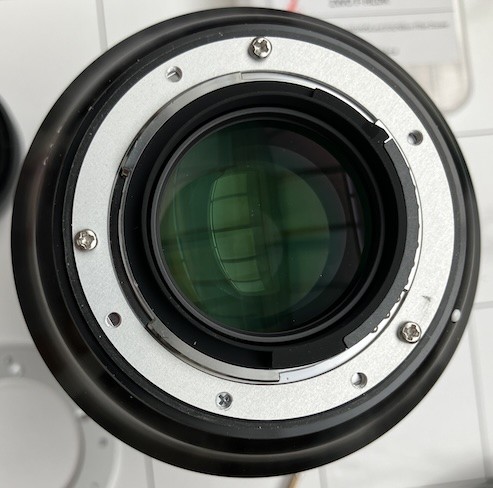
This plate fits into the rubber weather seal (the Samyang is probably not weather sealed; I know my Samyang EOS mount is not). This is why I cannot go directly to a larger diameter plate.
The second (larger) of the 2 adapters is bolted on the one above:
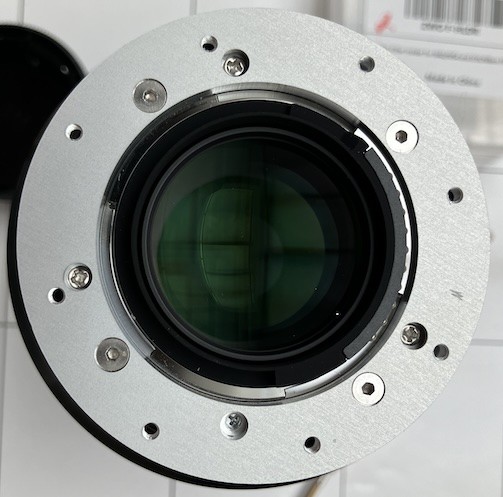
This particular one has tapped M2.5 four holes each at R31 and at R30. R30 happens to be what the lens spanner holes of the ZWO M54M-M48F-2, for example, while R31 are the holes for the ZWO EFW "bolted" configuration (which PrecisePart can build).
And here is the ZWO M54M-M48F-2 bolted to the second plate above:
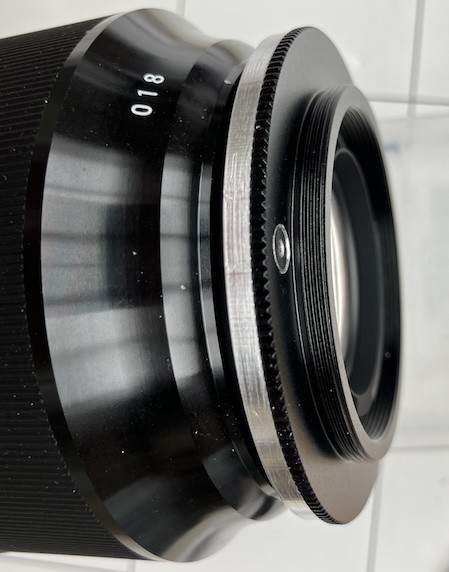
The ZWO plate had to be modified by countersinking (90º metric) the original two holes. You can see the countersunk screw heads above, to clear any M54 device.
Finally, here is the Sigma 40/1.4 (I had set the iris to f/2.4 before doing all of this) connected to the ASI585 (for illustration -- wrong backfocus, of course). Remember that I had replace the original T2 rings on my ASI585 by a PreciseParts one with M54 hole and the same thickness as the original.
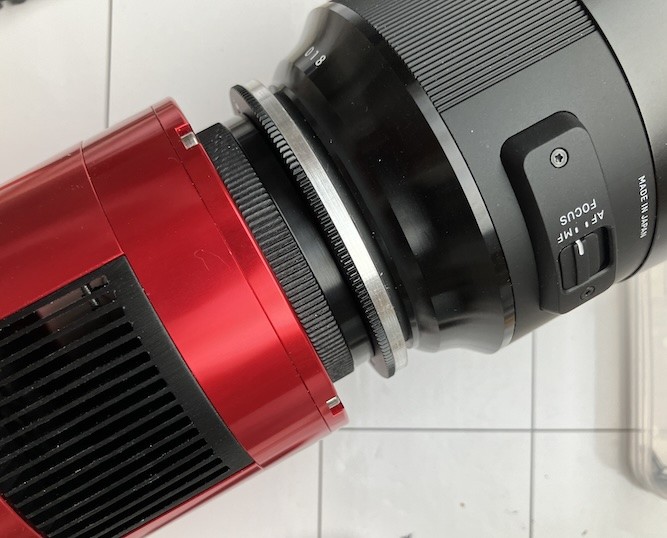
No bayonet for me! :-)
In the meantime, the fixed iris for the Samyang 135/2 (using the retaining ring from the ZWO fisheye) is all glued and ready for me to gather courage to open up the second Samyang :-).
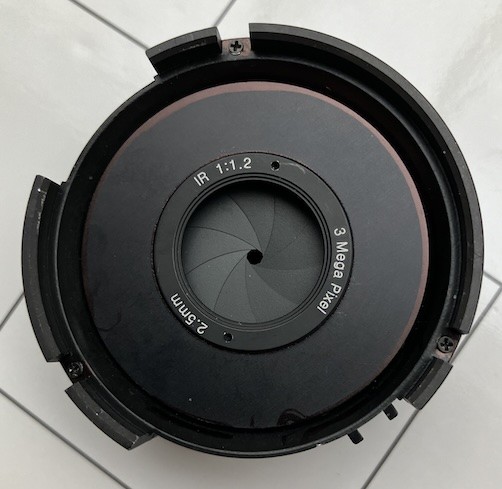
This photo shows the iris assembly from the learning Samyang, and should just plop into the second Samyang.
In the photo, the original bladed iris is sprung closed (now we know the iris spring is in this assembly). To use the fixed iris, I just need to open up the aperture stop completely. I chose a fixed iris for f/3.3, so after the Frankensteining, I won't be able to have faster apertures. But I can choose smaller apertures by closing up the aperture ring to something smaller than f/3.3, as long as I am willing to tolerate the 18 radial spikes on bright stars. Given my preferences, I will probably never close it beyond f/3.3. And the lens become less exciting when it is slower. At f/3.3, it is equivalent to a 40mm astrograph.
The project to place a filter drawer/EFW before the flattener of the Baby-Q is also ready for testing. Just waiting a few days for the clouds/rain to go away. Can't wait untill I can change filters on the FSQ from indoors and not have to go outside to change backfocus.
Chen

